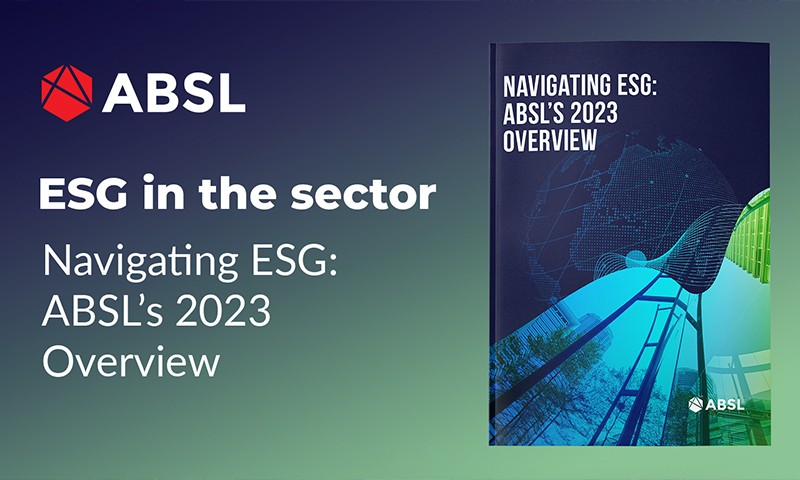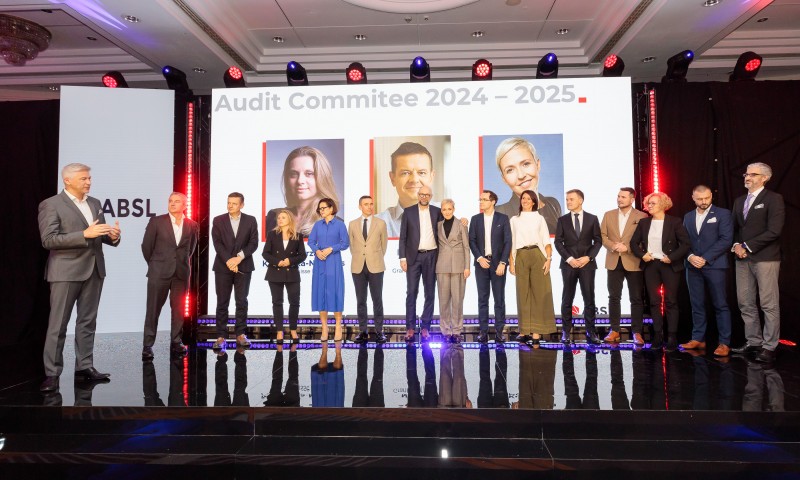Analysis of employees’ needs as a basis for implementation of a new work model in the company
Commentary by Dorota Osiecka, Partner at Colliers and Director of the Colliers Define platform, on the uncertainty of management boards in their decisions concerning returning to the office and working remotely.
Elon Musk’s recent remark in which he criticized remote work and issued a demand to his employees to work from the office a minimum of 40 hours per week, sparked a great deal of controversy. Why has Tesla’s CEO’s decision resounded so much, and what does it tell us in terms of designing the workplace?
Office-based vs remote-only
While some companies had already been introducing flexible work models before the pandemic broke out, the subsequent lockdowns and a top-down order to temporarily move processes to the “fully remote” mode can confidently be called the proverbial pebble that started the hybrid avalanche. Flexible work models and allowing employees to choose where they want to perform their duties from is now the approach most desired by them and often becomes a bargaining chip in the battle for talent. So in a sense, companies are forced to take such solution into consideration, because by ignoring employees’ expectations for flexible work models, they risk losing their best employees. On the other hand, flexibility from a business perspective is more difficult: it requires significant changes in the management approach and brings a number of challenges in terms of information flow, cross-functional cooperation, nurturing informal networks of relationships, and building social capital of the organization. So deciding where on the scale between a completely remote work model and an in-office one to place your own organization is not easy. It is not worth making this decision based solely on the personal preferences of the leader or of the employees themselves. Instead, it should be based on in-depth research into the needs of employees and the business needs of the organization.
The “fully remote” model, while often seen as attractive by employees, is a radical solution, not advisable or possible for all organizations. Companies that decide on this model of functioning must take into account the fact that it involves the need to completely rebuild all processes and the entire modus operandi of the organization.
Given the scale of change required to implement a “fully remote” model, as well as strong reluctance of employees to work exclusively from the office, most organizations choose to implement a hybrid model, viewing this as a safe and middle-of-the-road solution. But is it really so?
Research and indicators
The choice of work model should be preceded first of all by a study of the needs of employees and an analysis of their work styles. In most organizations, regardless of their complexity, we can distinguish several typical user profiles. Recently released by Colliers’ new business concept, the Colliers Define platform, a guide to hybrid work styles titled “Personas and Hybrid Work Models" describes three sample personas named to reflect the nature of their work – Analytical Albert, Collaborative Claire and Varied Victor.
This approach helps to take into account the real needs of employees when defining the assumptions of a new work model and implementing the related changes. It also allows us to analyze how we function in a flexible ecosystem of hybrid work. In our example, Analytical Albert, who usually spends about 50 percent of his time on doing individual tasks, works in a focused manner at home, but when he comes to the office, he becomes the life and soul of the company — he appears there primarily to meet people. With Collaborative Claire, these proportions are reversed. Everyday meetings and interactions consume most of her time (up to 67 percent of her time in the office), while Claire spends on average about 36 percent of her workday on individual work. In the case of Varied Victor, none of his daily activities prevail to any significant degree. His workday is filled with a variety of activities: in addition to the aforementioned meetings and individual work, there are also phone calls and working with paper documents. Each of these individuals has different needs and their motivations and use of office space also vary. When implementing new work models, every organization should go through a process of analyzing work styles and functional needs to avoid making costly mistakes.
Just as important as the needs analysis is defining and regularly monitoring key indicators of “organizational health” in the hybrid model. They will allow us to assess the impact of the implemented work model on our business. In addition to traditional business KPIs and well-known satisfaction and engagement metrics, such indicators also include various employee well-being factors or aspects of team performance and collaboration between teams. Failure to define and regularly monitor such indicators makes it impossible to notice when certain processes perform worse and to correct them in a timely manner.
In a complex hybrid world, there are no simple solutions that are good for everyone. Without careful examination of what work styles we are dealing with in our organization, who our employees are, what they need, and what we should offer them to work effectively, while ensuring that we minimize the risk of a new work model negatively impacting the business, we will be wandering in the dark. Implementing a work model based on this type of analysis can significantly improve your business. However, making the wrong decision, based on assumptions filtered solely by the leader’s personal views and feelings, can severely damage the organization, resulting not only in the departure of employees, but also the deterioration of financial performance over several years.
*Colliers Define is a new business line of Colliers in Poland, which addresses complex transformation and delivery of commercial spaces. A team of consultants, architects, planners and engineers as part of the proprietary Define. Design. Deliver. process shapes places to meet the needs of users and the goals of business organizations. Learn more about Colliers Define platform on define.colliers.pl









